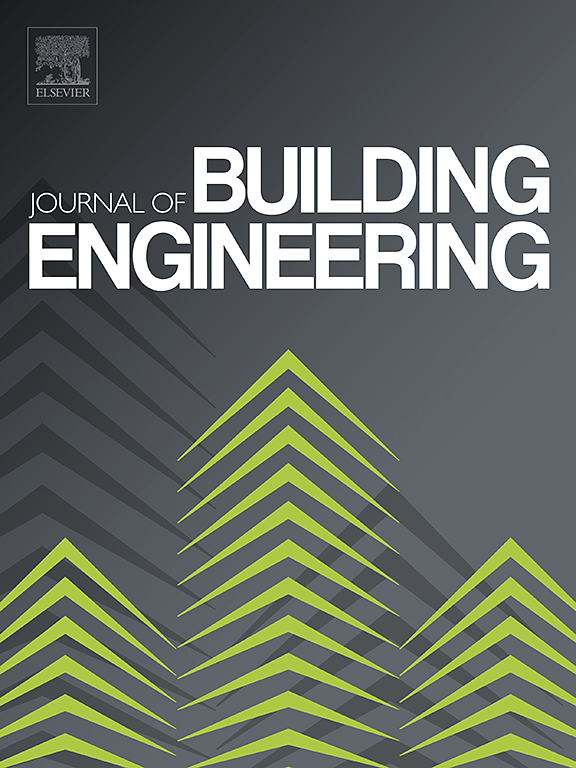Machine-learning based performance assessment of TMD-equipped buildings subjected to near-field pulse-like ground motions
IF 6.7
2区 工程技术
Q1 CONSTRUCTION & BUILDING TECHNOLOGY
引用次数: 0
Abstract
Tuned mass dampers (TMDs) are widely recognized for improving structural responses under dynamic loads. This study investigates the impact of near-field pulse-like ground motions on the optimal design parameters and performance of TMDs. Utilizing 5, 10, 15, and 20-story building structures subjected to 150 near-field earthquakes, Particle Swarm Optimization (PSO) is employed to minimize the maximum top-story displacement. A Random Forest (RF) model is trained with the optimization results and earthquake features to predict structural responses. To enhance the accuracy of the RF model, Bayesian optimization is utilized to refine input selection and tune its hyperparameters. A parametric analysis is then performed to assess the influence of inputs on the objective function. The findings demonstrate the effectiveness of TMD in mitigating displacement, the robustness of PSO in optimization, and the role of earthquake characteristics in shaping TMD performance. The feature importance assessment highlights the dominant influence of the TMD frequency ratio on displacement reduction with over 40 % contribution. The TMD showed more efficiency in high-frequency structures and during earthquakes with low impulsiveness, high energy levels, and high velocity. Additionally, RF proved capable of simulating the behavior of controlled structures under seismic loads, providing a computationally efficient tool for analyzing the TMD performance.
求助全文
约1分钟内获得全文
求助全文
来源期刊

Journal of building engineering
Engineering-Civil and Structural Engineering
CiteScore
10.00
自引率
12.50%
发文量
1901
审稿时长
35 days
期刊介绍:
The Journal of Building Engineering is an interdisciplinary journal that covers all aspects of science and technology concerned with the whole life cycle of the built environment; from the design phase through to construction, operation, performance, maintenance and its deterioration.
 求助内容:
求助内容: 应助结果提醒方式:
应助结果提醒方式:


